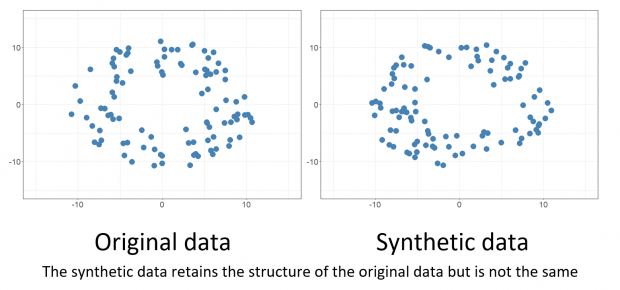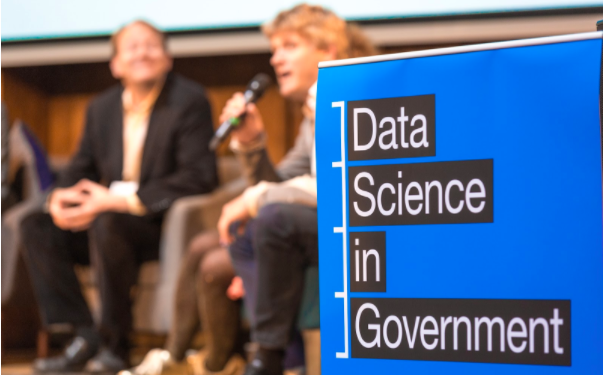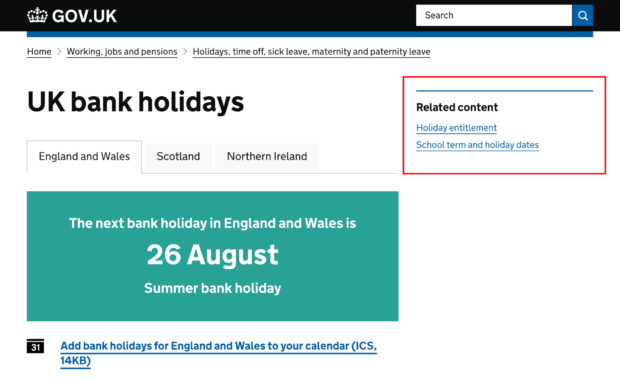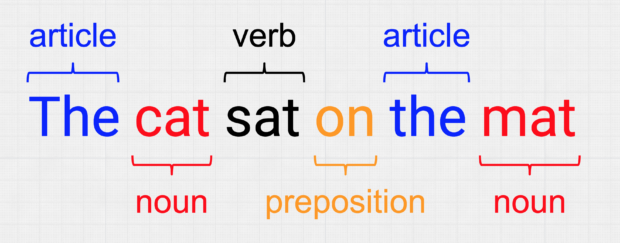How we are using machine learning to detect GOV.UK feedback spam

The GOV.UK feedback form was receiving a lot of spam requests. We developed a machine learning model to detect spam responses — here is how we created it.

The GOV.UK feedback form was receiving a lot of spam requests. We developed a machine learning model to detect spam responses — here is how we created it.

...techniques to obscure sensitive or private information in datasets. These include statistical methods, deep learning techniques and natural language processing for the data types above. Typically they can be summarised...

...presented a pilot app using machine learning to assist triaging in accident and emergency. Queen’s Hospital sees over 290,000 emergency department admissions per year. The app aims to support NHS...

...available to view on GitHub. If you'd like to know more about how we productionise related links and what we're doing next, please get in touch in the comments below...

...speed up our approach we wrote code as a software package on Github that enabled us to run the analysis instantly upon experiment completion. This initial early investment into automation...

Read about Natural Language Processing projects happening in data science teams across government

...content item. In this way, the structural network of GOV.UK is created, consisting of approximately 250,000 nodes and 350,000 links. When we first started using network science methods on the...

Representing text as vectors We can represent the text on each GOV.UK page as a semantic vector. This is denoted by a list of numbers, which conveys information about the...

We're using supervised machine learning to organise all the content on GOV.UK, which means we can do things like create step by step journeys and consider voice activation. Here's what the data science team did.

One of the questions the data science team at the Government Digital Service (GDS) often gets asked is ‘how does your team work on data science projects?’ We thought we’d blog about how we have evolved our approach to data …